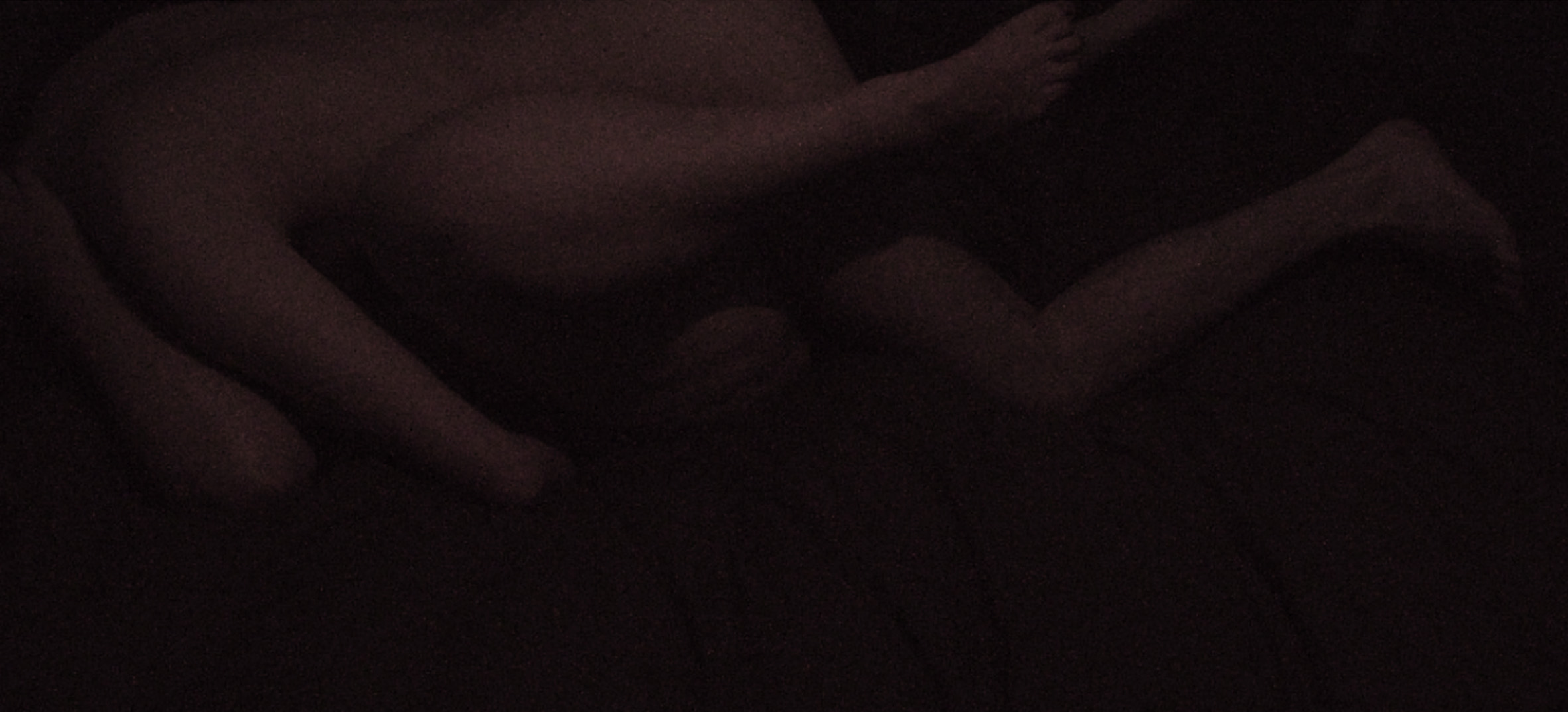
As the Witnessing Woman series matures I recognise that distance has become an important element in my photography. I mean ‘distance’ to refer to the physical and psychological distance that the artist has with her subject and the ways in which the photographs play with the physical and psychological distance of the viewer. For example the above photograph is an image of an intimate view of sexual intercourse: it is presented larger than life but the viewer cannot see more by going closer. My motivation was to make an image of sex that wasn’t pornographic. I was interested in the awkwardness that surrounds sex. I wanted the image to be positive, to show sex as a couple so close that body parts are mingled. The image uses low lighting so that the viewer cannot see any details, drawing the viewer closer, yet the viewer is also put in the position of voyeur. The low light means the image is dark with a red cast. This darkness reflects domestic lighting and it provides a veil for the discomfort I have of showing my husband and me in a sexual position. The darkness is not meant to entirely censor the work, but to help the viewer identify with the merging moment in sexual intercourse. In this way discomfort and distance has become integral to the work.